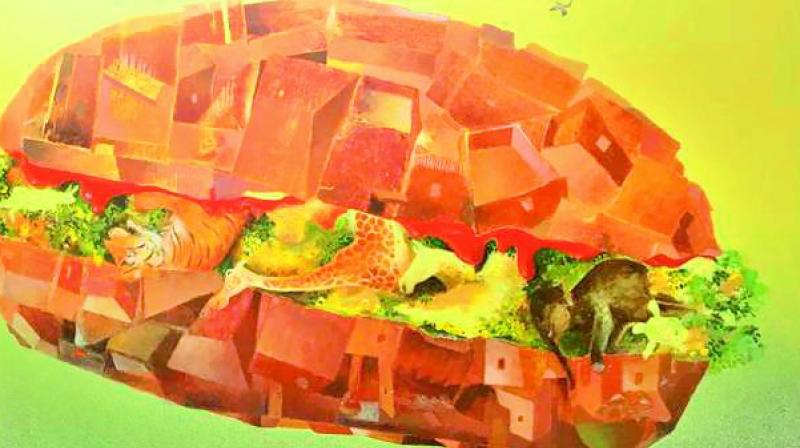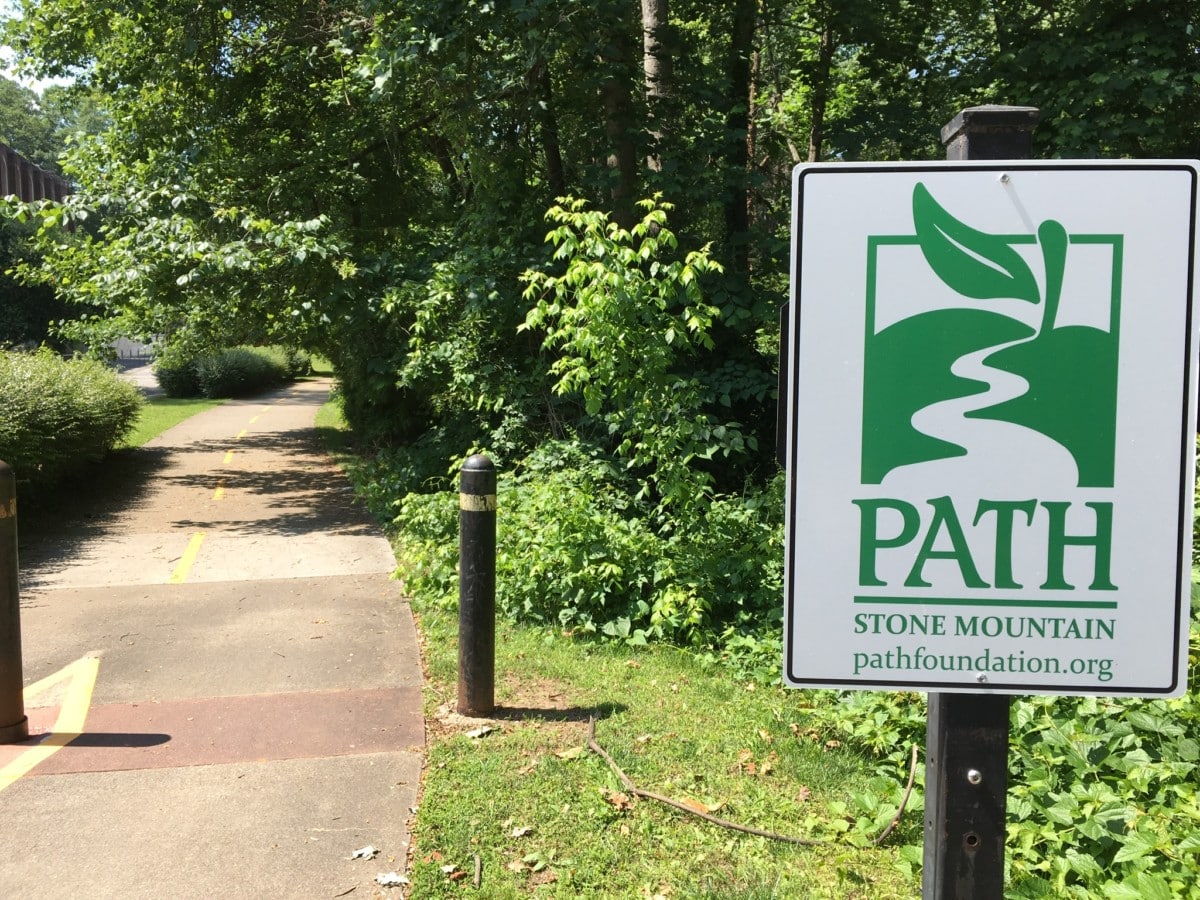
- Select a language for the TTS:
- UK English Female
- UK English Male
- US English Female
- US English Male
- Australian Female
- Australian Male
- Language selected: (auto detect) - EN
Play all audios:
LaLa was a struggling singer with a MySpace page, just a cool Valley girl posting some homemade music on the Web, when one of her songs was played on the radio last year. Fans started
e-mailing that they’d heard her on the air, and she couldn’t believe it. “No, people must be trippin’,” she thought. “They’re confusing me with somebody else.” But they weren’t. Bilingual DJ
Julio G of KDAY-FM (93.5), a veteran of L.A.’s underground Latino rap scene, had stumbled across LaLa’s website and was seduced by her sound, a sweet and smooth blend of West Coast hip-hop
beats, a golden oldies groove and “a street L.A. Latina vibe,” as her bio puts it. The afternoon DJ downloaded and then aired “La La La,” a song that starts: “_Let me tell you where I grew
up at/ In the 818, straight true 2 that_.” The radio play suddenly amplified the buzz surrounding the singer-songwriter, a gardener’s daughter also known as Sad Girl whose Web page
(www.myspace.com/lalasadgirl) now has more than half a million views. At a time when the music industry largely ignores Southern California’s massive Mexican American population, LaLa’s
story shows how the new democratic digital media allows overlooked artists to get noticed, no matter their ethnicity or social class. “My success has a lot to do with the love that I got on
MySpace,” the singer, whose real name is Casey Romero, told me while she sat at the home studio of Pocos Pero Locos, the weekly Latino hip-hop show on Power 106. “It was just me, my computer
and one or two producers that I worked with. So it was kind of like the voice of the people pushing it along.” Julio G, one of the first to play N.W.A in the late ‘80s, eventually
introduced LaLa to Bryan Turner, former owner of Priority Records, the label that launched the seminal rap group from Compton. Turner signed LaLa to a management and production deal with his
new film and music venture, Melee Entertainment, elevating the 26-year-old into a new orbit that could accelerate her career. This week, the singer was shooting her first video -- on
location in the Valley, of course. She invited fans to participate in the shoot of her song “Homegirlz,” an irresistible, finger-popping tribute to her barrio friendships. “The girls love me
on my MySpace and they hit me up because they like that I’m just like them,” LaLa says. But at 6 feet tall in heels with raven-black hair, white short-shorts and long, ooh-la-la legs, LaLa
stood out like a goddess on grimy Van Nuys Boulevard. She may want to nurture an image “just like the homegirl on your block,” but she sure knows how to act the part of a star. On Tuesday,
the crew set up on the sidewalk in front of Big Taco, a funky Van Nuys fast-food shack with security gates, peeling paint and delicious steak _en molcajete_. LaLa sat at a metal sidewalk
table, gabbing and high-fiving with her homegirls over _carne asada _tacos. Later, she leaned coquettishly against the take-out window while singing the chorus into the camera with
mesmerizing sincerity. “_Real homies always ask what’s good wit you/ Real homies are the ones tellin you the truth/ Real homies even roll when they know you wrong/ My real homies know that
this is their song._” LaLa doesn’t disguise who she is and where she comes from. But references to her barrio background didn’t always sit well with producers and record labels, she recalls.
“Two years ago when I first started to do music, I was really pushed to leave the references out. Producers were like, ‘You need to think of a broader audience. That niche might be too
small, LaLa. You’re not going to sell that many records focusing on that.’ ” That niche was her family, her neighborhood, her homies. It was all she knew. Why would she want to write about
something else? “I don’t want to do this if I’m not gonna do it my way,” she says. “Other artists rap [about] where they’re from and their culture. They have a distinct sound and they use
their slang, what’s cool for them. Why can’t we?” LaLa grew up the oldest of five daughters who crammed into a two-bedroom house and shared a single bath, at times with their _abuelita_. Her
father, Mark Manuel Romero, is an L.A. native with New Mexico roots who worked as a meat cutter and gardener to raise the family. The household was so noisy that LaLa had to study with
headphones on. Around the time she graduated from Van Nuys’ Birmingham High School, two nieces and a nephew had also moved into the family home. The crowding was typical for the barrio, but
hardly conducive to creativity. “I was crossing out the days until I turned 18 so I could move out,” she says. “It was just too hectic, too crazy. You can’t really think in that kind of
household, and you can’t write.” On her home page, she lists influences from the freestyle of Debbie Deb to the rap of Snoop Dogg and the Latin rock of Santana. But she wouldn’t be an L.A.
Chicana without her love of lowrider oldies, what she calls a “doo-wop, Brenton Wood kinda sound” that gives her music an old-fashioned, high-stepping happiness. LaLa’s music is for cruisin’
down the boulevard on a summer night or just chillin’ on a lazy Sunday in the backyard. The gangsta life is not for her. “I made it a point only of talking about positive things,” says
LaLa, who majored in Chicano studies during two years at UC Santa Barbara. “I don’t carry a weapon, so I don’t have to talk about any of that because that’s not me.” All along LaLa has had a
hard time explaining to producers who she is. There wasn’t much in the way of media about Chicanos to show them, besides Lowrider magazine and DVDs of “Mi Familia” and “Mi Vida Loca.” So
she also tried taking them to Art Laboe oldies concerts and lowrider car shows, a lucrative circuit for Chicano performers. “There are just a lot of stereotypes and stigma attached to the
culture that mainstream producers haven’t been able to get past,” she says. “And it’s so hard to explain because I’m so limited in the resources I can pool to give somebody a glimpse of
where I grew up. It kind of goes to show where we’re at, culturally. We’re just not there yet.” Turner, who was unavailable to comment for this story, has been quoted as saying that LaLa
“speaks to the contingent of disenfranchised Latinos that J.Lo and Shakira aren’t speaking to,” and represents a market that is “struggling to grow.” Melee is seeking major label
distribution for LaLa’s first album, due later this year. Attitudes are starting to change, she says. But for Chicanos, a breakthrough is overdue. “People are now opening their eyes,” she
notes. “They’re like, ‘Oh, there’s something here that we’ve been sleeping on.’ ” -- Los Lobos is true to its school Los Lobos, the acclaimed Chicano band from East L.A., is helping to
organize a fundraising concert for its alma mater, Garfield High School, which lost its historic auditorium in an arson fire last month. Before the band went on tour this week, manager
Armando Tavares confirmed that plans are underway for a concert to benefit the school, which sustained an estimated $30 million in damages. Details are pending, but word is the show will be
held late next month at East Los Angeles College and will feature top acts, including possibly Santana. --- Gurza covers Latino music, arts and culture. E-mail [email protected] with
comments, events and ideas for this weekly feature. MORE TO READ







